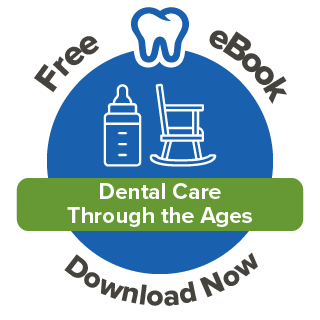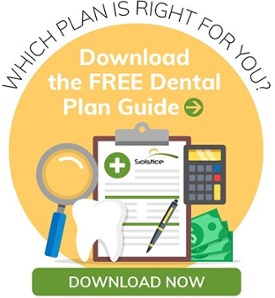By Kate Ranta on Aug 14, 2015 @ 09:00 AM
A tooth abscess is a pocket of infection that usually forms between the tip of the tooth's root and the gum. It begins with bacteria entering the tooth, often through a cavity. A chip or crack in the tooth is sometimes enough to provide entry for the bacteria. When the bacteria enters the pulp of the tooth, it begins to grow and travel. The spreading infection results in inflammation, causing an abscess between the tip of the root and the gum. An abscess is growing like a balloon, but is trapped and putting pressure on the tooth and the gums.
What are the symptoms of an abscess?
- Swelling of your face or cheek
- Painful toothache or sharp pain
- Redness of the gums
- Difficulty chewing or biting down
- Sensitivity to cold or heat
- Fever
- Pain if you touch the tooth or the gum
How is a tooth abscess diagnosed?
Your dentist will check for an abscess by looking at the gums and tapping the tooth. He may then take an X-ray of your tooth and the surrounding teeth. An X-ray will not only identify the abscess by showing the pocket under the tooth, but will allow the dentist to see if the infection has spread to neighboring teeth.
What happens without treatment?
If your dentist confirms that you have an abscess, his examination will enable a decision about the proper treatment. An abscess will not get better without treatment. In fact, it may rupture. This means the pocket of infection breaks open. The pocket may push a gap between the tooth and gum, for example. If this happens, you will notice a horrible taste in your mouth and may feel a lessening of the pain. This is quite dangerous, however, because it allows a dangerous spread of the infection throughout your body.
What is the treatment for an abscess?
Treatment for an abscess is dependent on what the examination shows. The pocket may be opened and cleaned out. Your dentist may perform a root canal and save the tooth. If there has already been too much damage, the dentist may recommend removing the tooth. Whatever the choice of treatment, antibiotics will be prescribed to ensure that the infection is gone and has not spread.
What happens next?
If you have had an abscess, follow-up visits and excellent dental hygiene must be in your future. Brushing and using a mouthwash often are important to keep the bacteria down. Lessening the amount of sugar, especially sugary drinks is a good idea. With regular dental check-ups and thoughtful care, you can avoid abscesses in the future.





comments